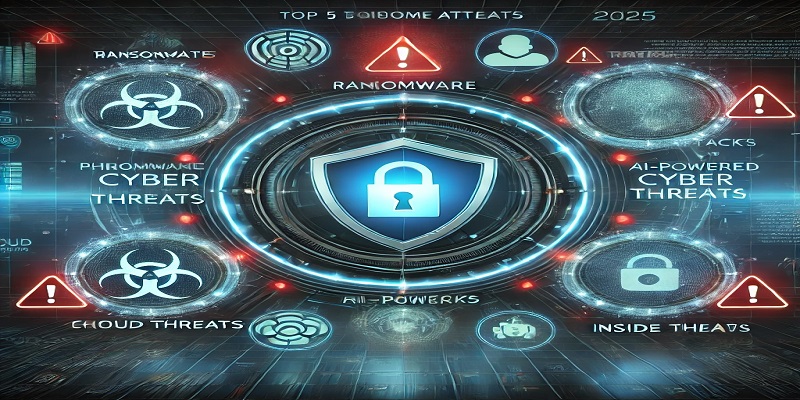In the fast-paced world of digital transformation, Indian enterprises are finding themselves increasingly vulnerable to cyber threats. With a significant surge in cyberattacks in 2024, India has been ranked as the second most targeted nation globally, with 95 entities falling victim to malicious activities. As we enter the year 2025, the need to understand and prepare for these cyber threats has become imperative for businesses looking to protect their assets and reputation.
One of the emerging threats in the cyber landscape is AI-powered cyberattacks. While Artificial Intelligence (AI) has revolutionized various industries, cybercriminals are now leveraging it to launch sophisticated attacks. These AI-driven attacks have the capability to adapt, learn, and execute with precision, posing a formidable challenge to cybersecurity.
A notable example of AI in cybercrime is the Deepfake CEO Scam that occurred in 2024. A Mumbai-based financial firm was targeted by attackers who used AI-generated deepfake technology to impersonate the voice of the CEO. As a result, the finance department transferred a substantial amount of ₹12 crore to fraudulent accounts, highlighting the potential of AI to facilitate convincing and costly frauds.
To combat such advanced threats, businesses are advised to implement protective measures such as Multi-Factor Authentication (MFA), employee training on emerging threats like deepfakes, and deploying AI-based defense systems to detect anomalies indicative of fraudulent activities.
Another concerning trend in the cyber landscape is the rise of Ransomware-as-a-Service (RaaS) platforms, which have democratized cybercrime and made launching ransomware attacks accessible even to non-expert criminals. This has particularly impacted sectors like healthcare, where ransomware attacks have seen a significant increase, with hospitals facing demands for substantial ransom payments to unlock encrypted data.
To safeguard against ransomware threats, organizations are encouraged to maintain regular data backups, implement network segmentation to isolate critical systems, and develop incident response plans to effectively address potential ransomware incidents.
Supply chain attacks have also become a growing concern, with cybercriminals targeting third-party vendors to infiltrate larger organizations. An example of this is the compromise of software updates by an Indian IT service provider in 2023, which resulted in sensitive data being exposed across multiple organizations due to malicious software distribution.
Protective measures against supply chain attacks include conducting regular third-party risk assessments, operating on the principle of least privilege through Zero-Trust Architecture, and employing continuous monitoring tools to detect unusual activities within the supply chain.
Cloud security breaches have also emerged as a significant challenge, with the convenience of migrating to cloud services being accompanied by new security risks, especially when configurations are mishandled. An Indian e-commerce giant faced a data breach in mid-2024 due to a misconfigured cloud server, leading to the exposure of personal information of millions of customers and subsequent financial losses.
To mitigate cloud security risks, organizations are advised to regularly audit cloud settings for secure configurations, implement data encryption to protect data both at rest and in transit, and establish strict access controls to regulate access to sensitive information.
Insider threats, where employees with malicious intent or negligent behaviors pose a risk to organizations, are also a growing concern. A case in point is the intellectual property theft by a disgruntled employee at a tech firm in Bengaluru in 2024, resulting in substantial financial losses and competitive disadvantages.
Protective measures against insider threats include monitoring user activities with behavioral analytics, limiting access to sensitive data based on roles and responsibilities through access management, and conducting employee awareness programs to cultivate a security-conscious workplace.
In conclusion, the dynamic nature of the cyber threat landscape calls for a proactive approach from Indian enterprises in 2025. By understanding the evolving threats and implementing the recommended protective measures, businesses can enhance their resilience against potential cyberattacks, safeguarding their operations and reputation in an increasingly digital world.


